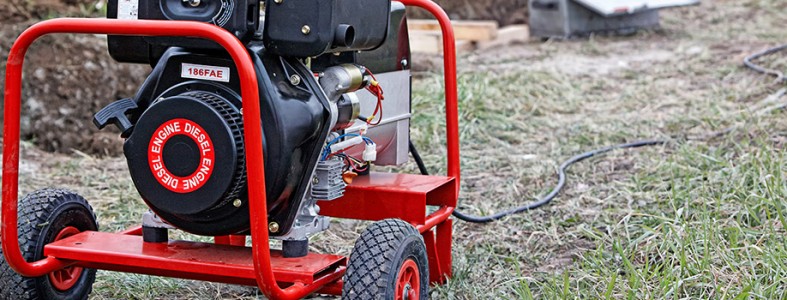If the power goes out, due to the weather or another problem, having a backup emergency generator is great. It will let you keep the lights on in your home, ensure essential equipment keeps running and ensure the cold items in your refrigerator and freezer don’t go bad. It can even be a real lifesaver if you live in a remote location where it may take several days, or longer, to have your power restored.
Due to the importance of a properly working generator, it is important that you take steps to keep it working properly. Some tips to help you do that can be found here.
Make Sure the Necessary Accessories and Fuel is On-Hand at all Times
The majority of emergency generators will be powered by gasoline. This means you need to have gas on hand to power your generator if the power goes out. However, there are a few other things you need to keep on hand, as well, especially if the generator is going to be used for extended periods of time.
Constant operation can put quite a bit of wear and tear on the engine oil. This means you will have to change it after the initial 25 hours of the generator being turned on, and then every 50 to 60 hours after that. Be sure you have plenty of oil and oil filters to last for a few days, as well as the tools you need to change the oil.
Keep the Emergency Generator Clean and the Fuel Fresh
Stale fuel in your generator can result in starting issues. While fuel stabilizers can help with this, they won’t work indefinitely. When the storm season is over, or for any extended period when the generator is going to be out of use, make sure to empty the fuel tank and run the carburetor completely dry according to the manufacturer’s instructions. When the next season arrives, refill the tank with fresh gas. This will make sure the generator starts easily and will keep the fuel system from becoming “gummed” up.
Make Sure Your Generator is Properly Sized
When you purchase a generator, you will notice it has two power ratings:
- Sustained load: This refers to the amount of stuff it can run continually.
- Peak load: This is the “starting” load and lets you know how much power it can supply in short bursts to power items such as furnace motors or a refrigerator, not how much it will be able to output over a long period of time.
If you push your generator past its “continuous” or its “operating” load for more than a few seconds, it can result in it burning out.
There is no question that having an emergency generator can offer a number of benefits. It can be your lifeline when a storm or another cause knocks your power out. However, to make sure it functions properly when it is needed most, make sure you adhere to the information found above.
